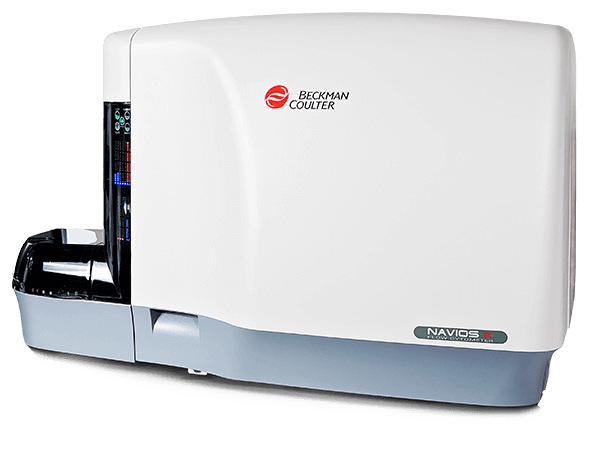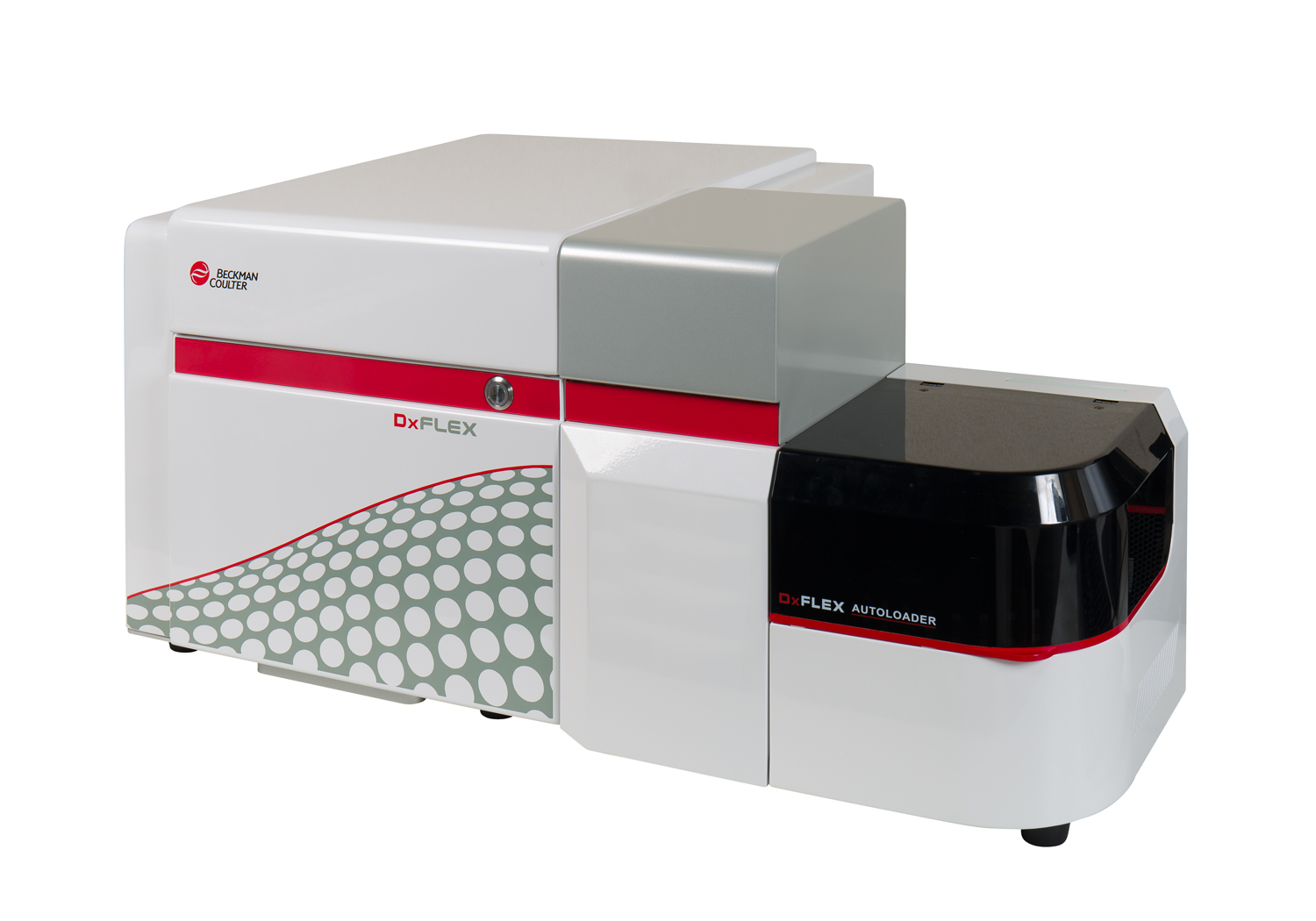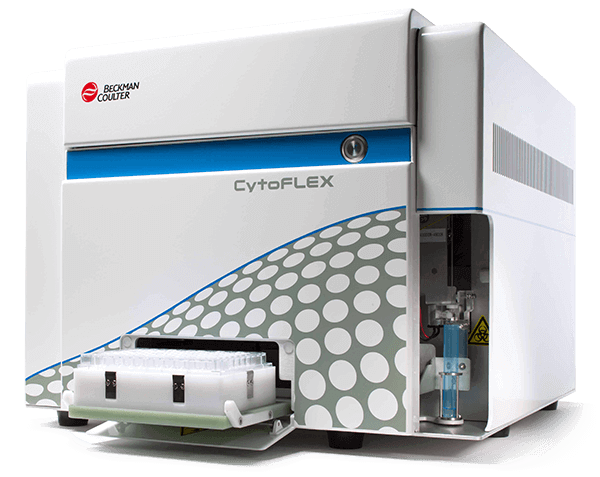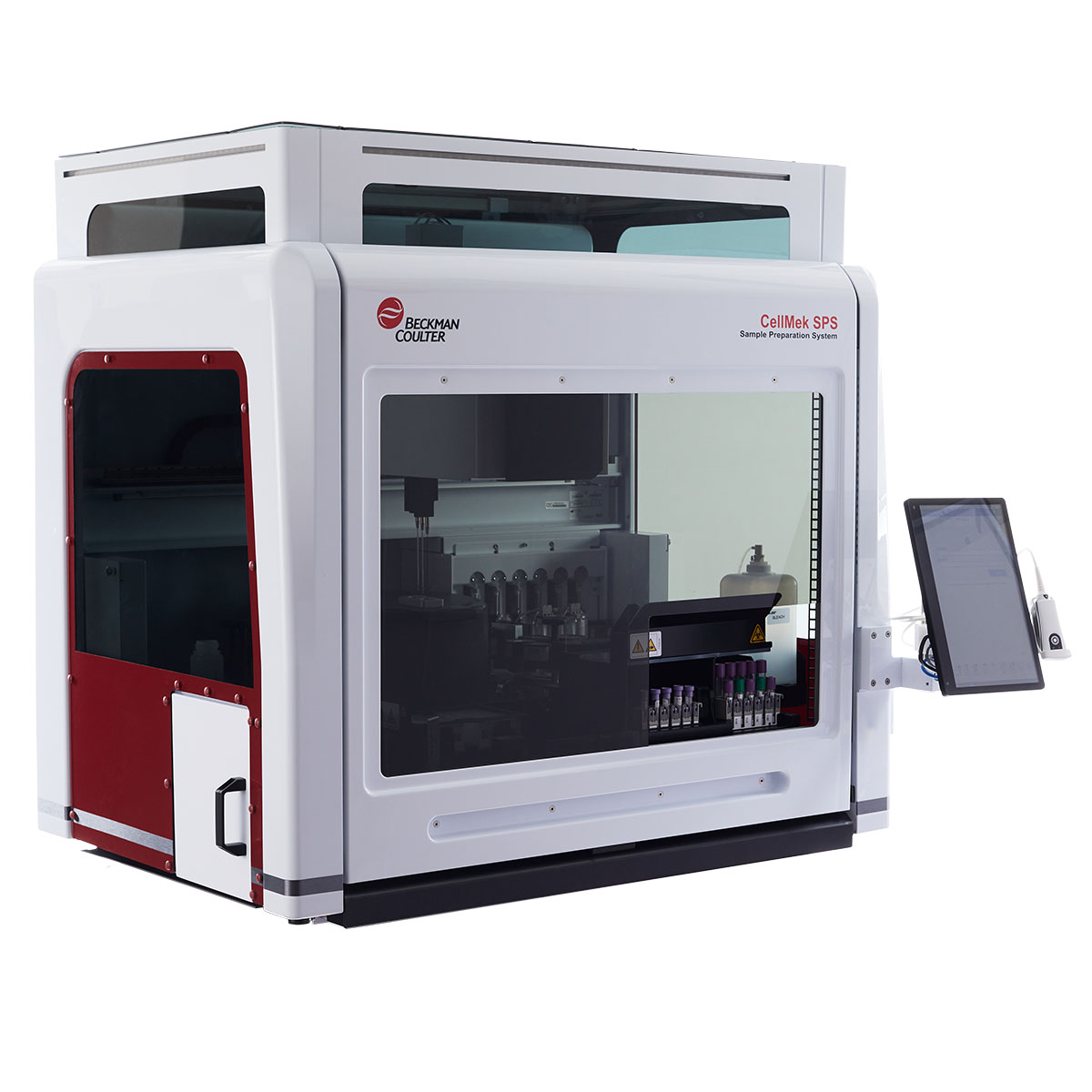CD279 (PD-1) Antibodies
The CD279 antigen, also known as Programmed Death 1 (PD-1), belongs to the immunoglobulin superfamily. It contains an immunoreceptor tyrosine-based inhibitory motif (ITIM) in its cytoplasmic tail. It is encoded by the PDCD1 gene, which is located on the human chromosome 2q37.3. Immune cell function implicates important modulators known as cosignaling receptors. On T cells, the cosignaling receptors belong to either the immunoglobulin (CD28-like) or TNF receptor (TNFR) superfamilies. The CD28 immunoglobulin-superfamily is composed of coinhibitory and costimulatory receptors. Programmed Death-1 (PD-1) is one of the coinhibitory receptors, with notably Cytotoxic T Lymphocyte Antigen 4 (CTLA4) and CD272 (BTLA). The interaction of PD-1 with its ligands, PD-L1 and PD-L2, plays a critical role in regulating T cell activation and tolerance.
| Clone: PD1.3 | Isotype: IgG2b Mouse |
| The PD1.3 monoclonal antibody recognizes T cells, activated CD4 and CD8 positive cells and activated B cells. This antibody has been assigned to the CD279 cluster of differentiation during the 8th HLDA Workshop on Human Leukocyte Differentiation Antigens, held in Adelaide, Australia, in 2004. | |







